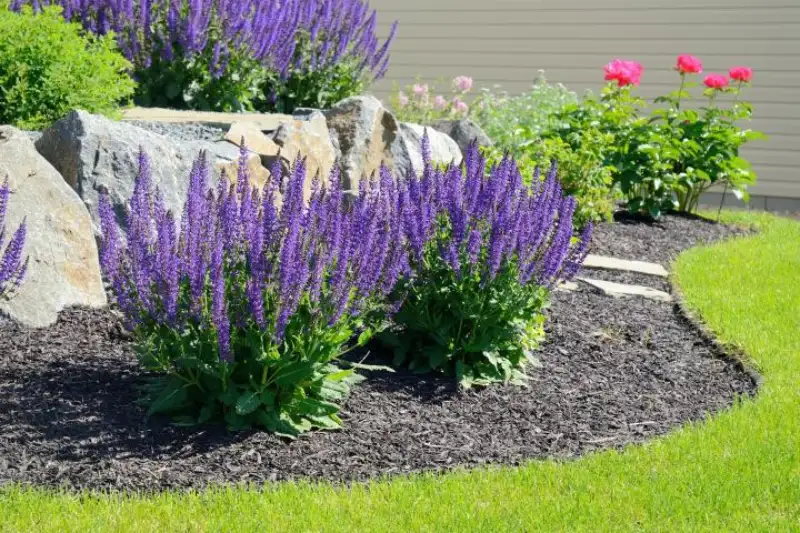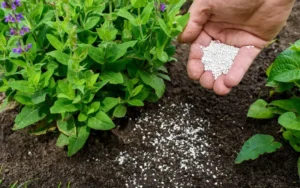Mulching is one of the simplest yet most effective ways to keep your flower beds healthy, vibrant, and beautiful all year round. By adding a layer of organic or inorganic material around your plants, you can improve soil health, reduce weeds, and keep your flowers looking their best.

1. Why Mulching is Important
Mulch does more than just look neat — it protects your plants and improves their growing conditions.
- Retains soil moisture
- Regulates soil temperature
- Suppresses weed growth
- Adds nutrients to the soil (if using organic mulch)
2. Types of Mulch for Flower Gardens
Organic Mulch
- Bark chips
- Shredded leaves
- Straw or hay
- Compost
Inorganic Mulch
- Gravel or stones
- Landscape fabric
- Rubber mulch
3. How to Apply Mulch Around Flowers
- Prepare the Soil – Remove weeds, loosen the topsoil, and water lightly.
- Choose the Right Mulch – Select based on your climate and plant type.
- Spread Evenly – Apply a 2–3 inch layer around the flowers, keeping mulch away from the stems.
- Maintain It – Refresh mulch as it decomposes or washes away.
4. Common Mulching Mistakes to Avoid
- Piling mulch too high against plant stems (can cause rot)
- Using mulch with weed seeds
- Not replenishing mulch regularly
5. Best Time to Mulch
For most flower gardens, spring is ideal — the soil is warming up and plants are ready for growth. Mulching in autumn can also protect roots during winter.
✅ Pro Tip: Combine mulch with slow-release fertilizer for even healthier blooms.




